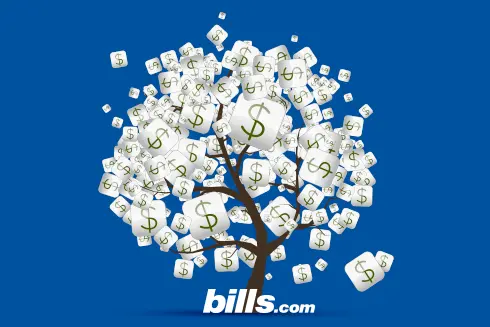
Get rid of your debt faster with debt relief
Choose your debt amount
Or speak to a debt consultant 844-731-0836
What is the best way to payoff past due debts?
Bill - My credit has taken a gradual dive since I had to max them out for an emergency medical situation. Luckily for me, I came into some money and I am going to pay them off. What is better, paying them off over time or paying them off in all one, lump sum?
The best way to address your debt and credit problems will largely depend on whether or not you have already fallen behind in payments on these accounts. If you have not fallen behind, you should begin paying down the accounts to reduce your overall debt to available credit ratio. The increase in your debt to available credit ratio is probably the reason that your credit score began to fall as these accounts reached their credit limits. You can safely carry some debt, but carrying too much debt month to month, and having accounts which are maxed-out, demonstrates that you are financially strapped and should not be extended more credit. Ideally, your ratio of debt to available credit should be no more than 25%. Since you have a lump sum available, you should pay the accounts down to lower your debt to available credit ratio. You should then begin making monthly payments on the remaining balances to extend your positive payment history on these accounts. By taking these steps you can simultaneously reduce your outstanding debt and continue your good payment record; both actions should positively influence your overall credit rating.
If the accounts in question are already delinquent, you will want to use the money you have to pay off the delinquent accounts. It will be difficult to clear up your credit rating if you leave old collection accounts unpaid and unresolved. However, you do not necessarily need to pay the full balance of the debt; many creditors will accept a settlement of significantly less than the full balance owed on delinquent accounts in order to resolve the debt. If you contact your creditors, or the collection agencies representing them, you may be able to negotiate settlements for 50% or less of the current balance owed. You may also wish to contact a professional debt settlement firm for assistance in resolving your delinquent accounts; for more information on the options available to you in resolving these old debts, I encourage you to visit the Bills.com debt help page. Also, if you enter your contact information in the Bills.com Savings Center, we can put you in contact with a pre-screened debt resolution firm which may be able to assist you in paying off your delinquent accounts.
Once you have paid off your delinquent accounts, you may wish to dispute the listings on your credit reports. While this is certainly not guaranteed to remove the listings from your reports, there is a chance that a former creditor will not respond to the dispute and that the account will be removed from your credit report. In addition, if you have any questionable items on your credit report which you think are reporting inaccurately, disputing the items is the first step in having them removed from your report. Generally speaking, I encourage consumers to carefully review their credit reports from each of the three major credit reporting bureausÂ-Equifax, Experian, and TransUnionÂ-at least once per year to make sure that all of the information appearing on the reports is accurate. Credit reports are notoriously inaccurate, and close scrutiny is required on your part to make sure that your credit report is current and accurate. The Federal Trade Commission offers a free guide to disputing items on your credit report. The FTC also provides extensive credit-related information and self help resources.
Since it is somewhat unlikely that you will be able to have accurate credit information removed from your credit reports, you may want to focus instead on how you can improve your credit rating going forward. The first step to rebuilding your credit rating is to establish new positive trade lines to counterbalance the negative impact of these old delinquent accounts. As mentioned above, you also need to carefully review your credit reports on a regular basis to make sure that all information appearing on your reports is accurate and up to date. You also need to avoid overusing credit, as having too much debt can negatively influence your credit score. To learn more about credit, credit reports, and credit scoring, I encourage you to visit the Bills.com credit help page.
I wish you the best of luck in your efforts to rebuild your credit rating, and hope that the information I have provided helps you Find. Learn. Save.
Best,
Bill

Get rid of your debt faster with debt relief
Take the first step towards a debt-free life with personalized debt reduction strategies.
Choose your debt amount
Or speak to a debt consultant 844-731-0836